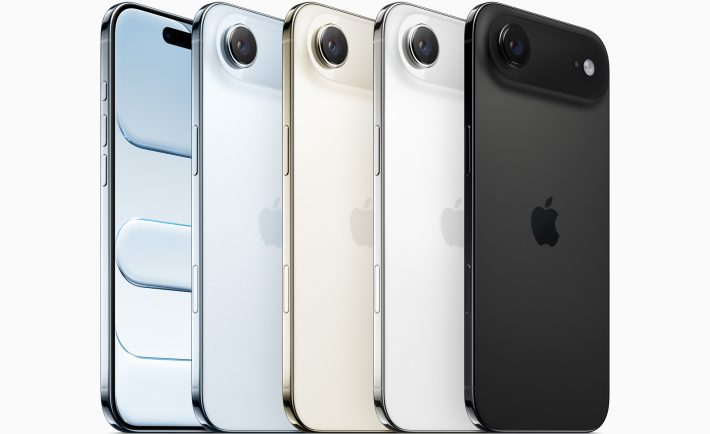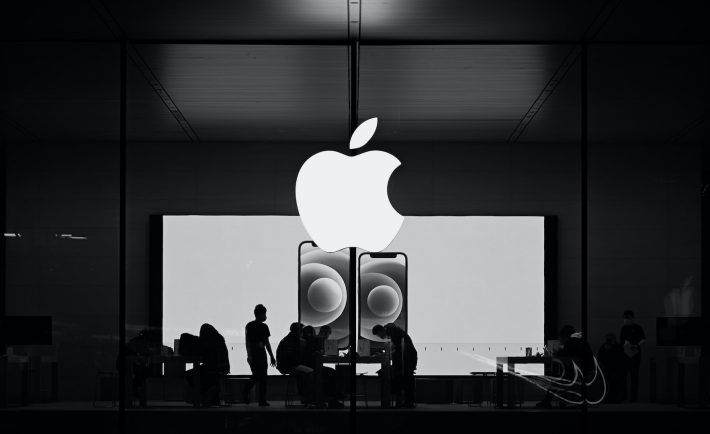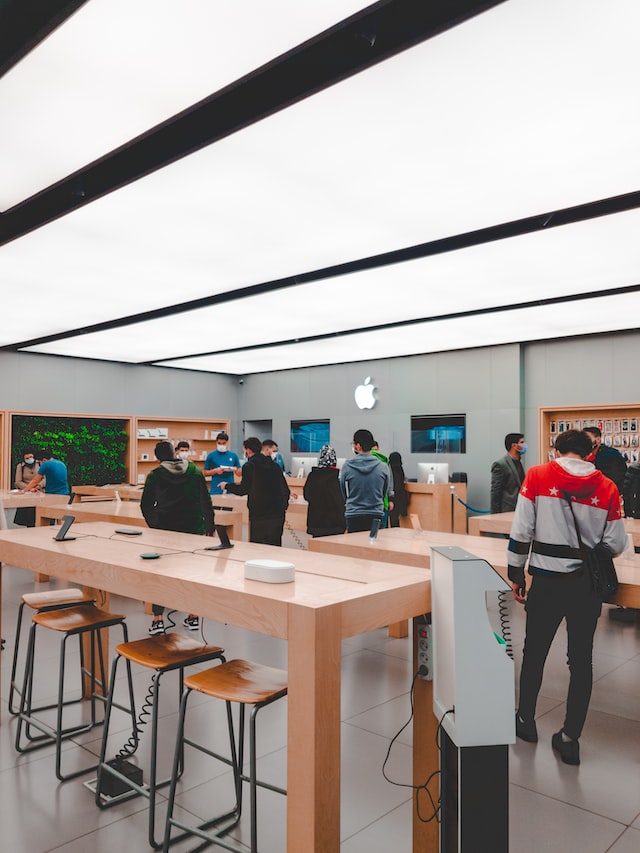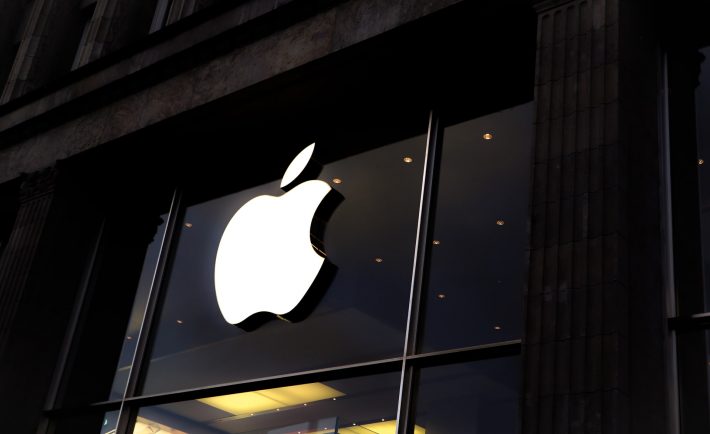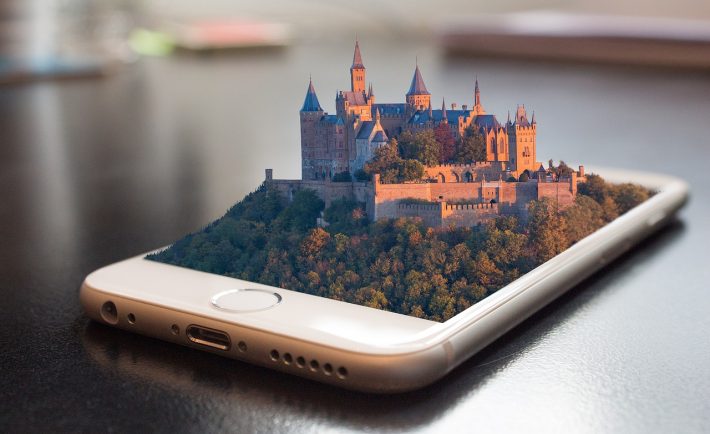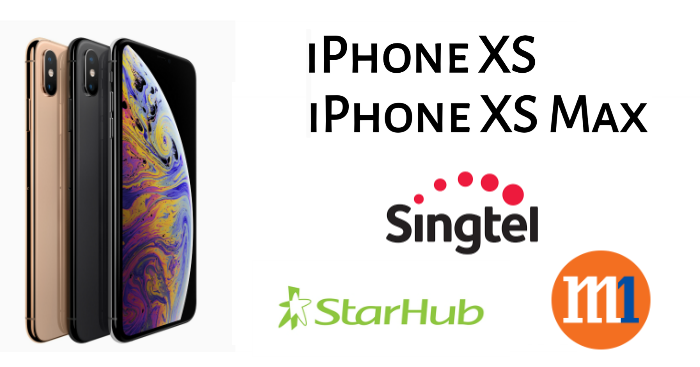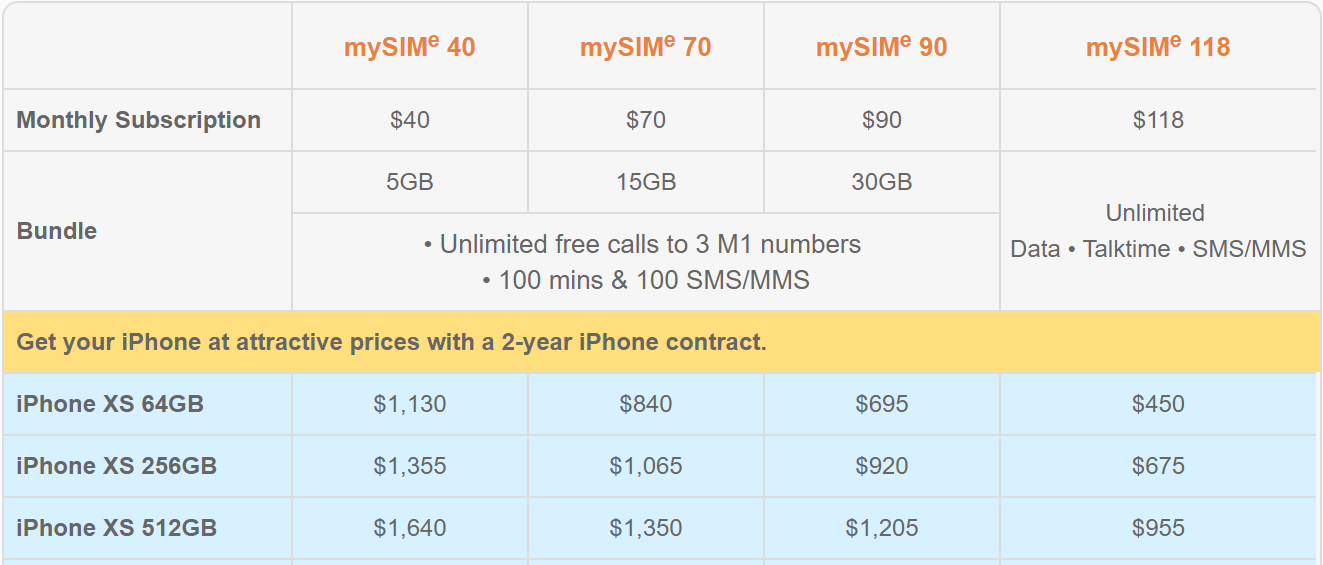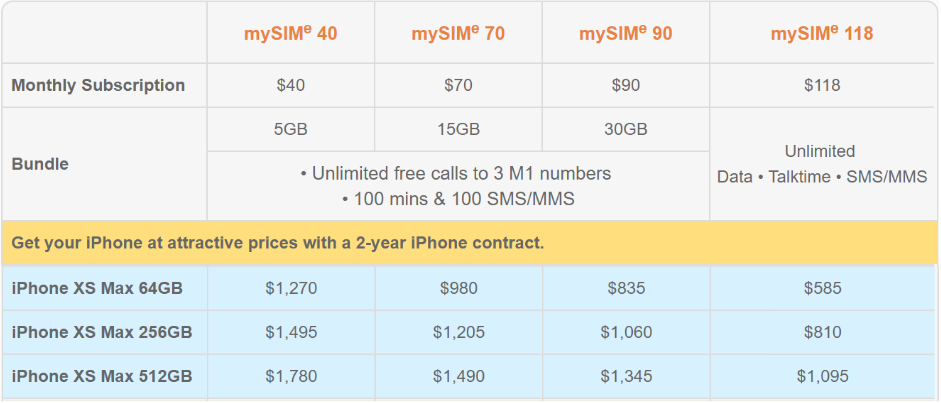Apple is once again reshaping its flagship lineup with the debut of the iPhone Air, an ultra thin and futuristic take on the iPhone, alongside the more familiar iPhone 17. Both devices promise sharper displays, faster chips, and tougher materials. But in a market where annual upgrades often feel incremental, the real question for Singaporean consumers is whether they are worth it.
THE THINNEST IPHONE AIR
The iPhone Air is Apple’s boldest bet yet. With a titanium build, a featherlight frame, and Ceramic Shield 2 protection, it is built to turn heads. The 6.5 inch Super Retina XDR display with ProMotion is dazzling, and the new A19 Pro chip pushes performance while conserving power, making it Apple’s most efficient iPhone to date.

Image Credits: www.apple.com
But the Air comes with trade offs. With only one rear camera, a single speaker, and less emphasis on pro level photography, it is clear Apple is targeting users who value portability and design over a full feature set. Available in Cloud White, Light Gold, Sky Blue, and Space Black, the Air is the iPhone for those who want something different and are willing to compromise.
THE SOLID UPGRADE TO IPHONE 17
The iPhone 17 stays closer to tradition. Its 6.3 inch Super Retina XDR display and thinner borders make it sleek yet familiar, while the 48MP Fusion Main and Ultra Wide cameras deliver sharper shots with improved low light performance. With 256GB of base storage, A19 chip integration for Apple Intelligence features, and faster charging that delivers 8 hours of playback in just 10 minutes, the iPhone 17 feels like a polished evolution.
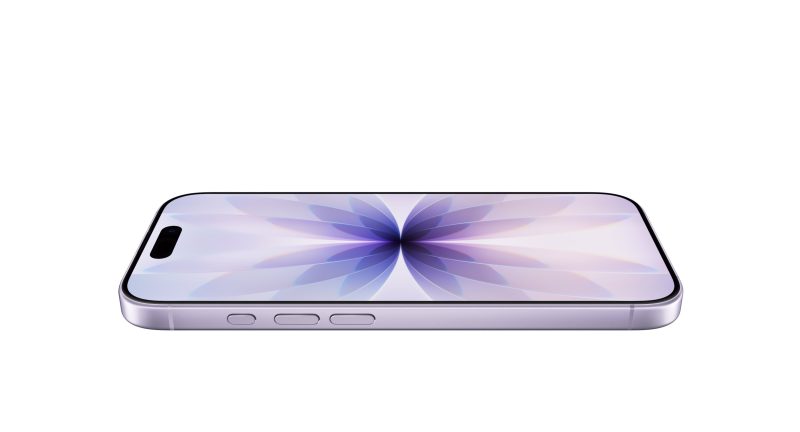
Image Credits: www.apple.com
Colors include Black, Lavender, Mist Blue, Sage, and White, offering more choice for those who prefer a classic yet reliable iPhone.
PRICING & LAUNCH IN SINGAPORE
Singapore telcos are rolling out the red carpet with their online pre-orders.
a. StarHub: Pre-orders are open online now. Retail launch is on 19 September, with select stores such as Paragon, NEX, Tampines Mall, and Westgate opening at 8:00am. Monthly plans start at S$76.13 for the iPhone 17 (256GB) and S$88.63 for the iPhone Air (256GB).
b. Singtel: Pre-orders are available online with Enhanced XS plans starting at S$62 per month for both models. Early subscribers can get up to S$685 off with promo plans, vouchers valid until 19 September.
SHOULD YOU UPGRADE?
For most people, the iPhone 17 series will feel like an incremental step forward with faster performance, tougher materials, better cameras, and Apple Intelligence built in. If you are still on an iPhone 15 or 16, you may want to wait. But if your device is two generations old or more, the jump in performance, durability, and AI features may justify the upgrade.

Image Credits: www.apple.com
The iPhone 17 is the safer buy since it is balanced, feature packed, and designed to last. The iPhone Air, however, is a statement piece that looks and feels futuristic, though it may leave power users missing key features. So, if you value practicality, choose the iPhone 17. If you value style and thinness above all else, the iPhone Air might be your next status symbol.

